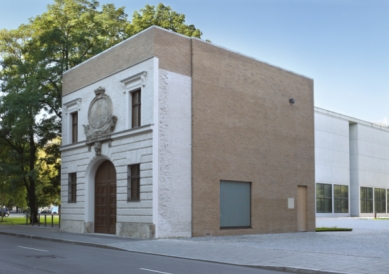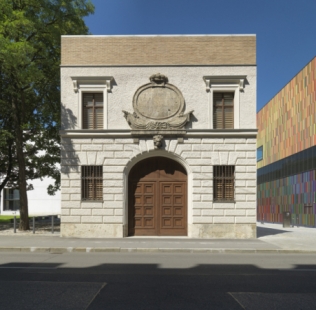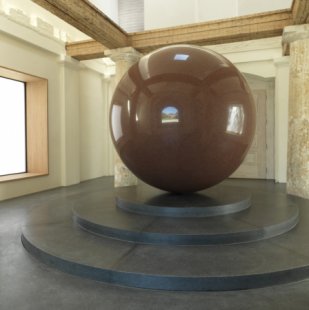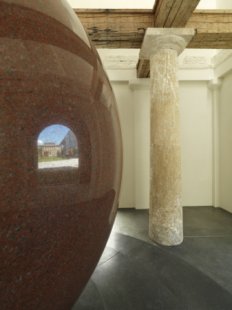
Turkish Gate in Munich by Sauerbruch Hutton
Publisher
Petr Šmídek
31.10.2010 08:25
Petr Šmídek
31.10.2010 08:25
Matthias Sauerbruch
Louisa Hutton
sauerbruch hutton architects
Last Saturday, the reconstructed "Türkentor" (Turk's Gate) – the smallest public museum in Munich – was opened in the neighborhood of Munich’s Brandhorst Museum. Similar to the Brandhorst museum collections, this exhibition space of 140 m² was designed by the Berlin studio Sauerbruch Hutton. The reconstruction costs amounted to one million euros, with 780,000 euros provided by the Foundation Pinakothek der Moderne. In the exhibition hall, which has free admission, the "Large Red Sphere" by artist Walter de Maria will be permanently installed. The building, with its neoclassical façade, was constructed in the 1820s and originally served as the main entrance to the so-called “Turkish Barracks.” During World War II, the area was severely damaged during air raids, and except for the “Turk's Gate,” it was leveled in the 1960s. The austere barracks masonry was complexly remediated. The new outer shell had to be moved 2.5 meters westward, creating a small intermediate space that serves as an entrance foyer. Daylight enters the interior primarily through the upper skylight. An arched opening was placed directly on the axis with the Old Pinakothek in the western perimeter wall, which abstractly refers to the entrance gate in the historic façade and turns the small museum back into the museum complex. From the beginning, it was clear that a sphere by Walter de Maria, originating from the Brandhorst collections, should be exhibited here. When the doors are open, the highly polished granite sphere reflects the eastern façade of the Old Pinakothek on its surface, and according to the architects, “it becomes an intermediary that reflects its iconic surroundings and brings them into the interior of the building.”
The English translation is powered by AI tool. Switch to Czech to view the original text source.





0 comments
add comment












